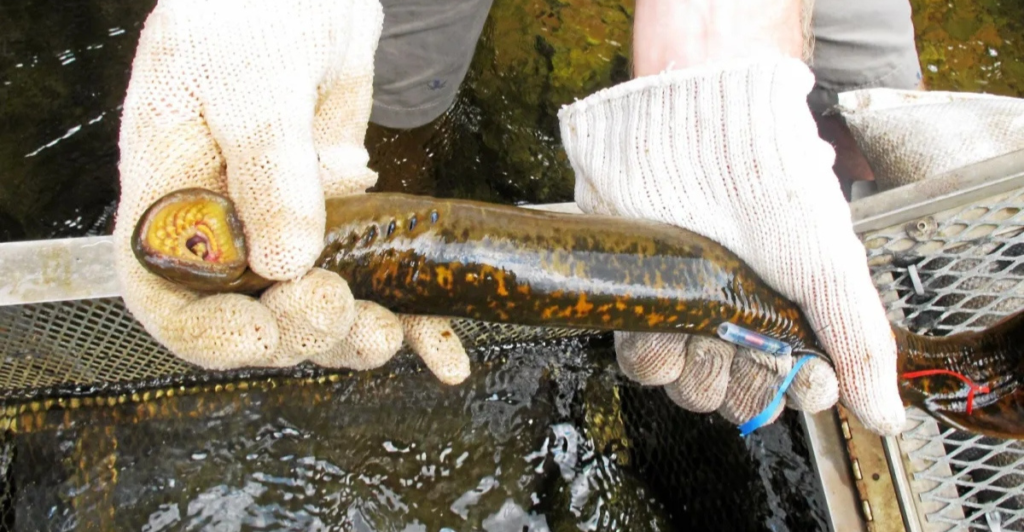
The Great Lakes, an immense body of fresh water running along the U.S.-Canada border, have been a hub of ecological diversity and economic vitality for centuries. But this rich ecosystem is under grave threat from invasive species—foreign organisms introduced to these waterways that disrupt natural ecosystems, displace indigenous species, and wreak havoc on the environment and economy.
Over the last two centuries, 188 aquatic invasive species have made the Great Lakes their home. The invasions have resulted in altered food webs, declining native species populations, and significant economic expenses. Understanding these invasive species is important for effective management and mitigation measures. Here, we look at the top 10 invasive species that have negatively impacted the Great Lakes ecosystems.
1. Sea Lamprey
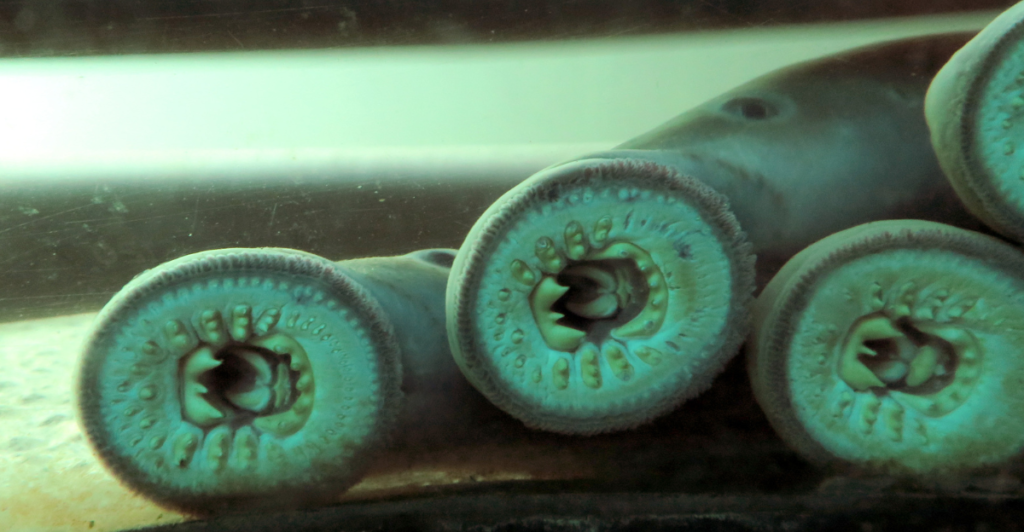
The sea lamprey (Petromyzon marinus), also known as the “vampire of the Great Lakes,” is a parasitic fish that invaded the Great Lakes in the early 20th century after having been introduced through shipping canals. With a suction-cup mouth with pointed teeth that attaches to host fish, sucking out blood and other bodily fluids and typically killing the fish in the process.
Sea lampreys have decimated native fish species, particularly lake trout, and had catastrophic effects on the fishing economy. Controlling Sea lamprey populations requires the use of lampricides, physical barriers, and traps, which have collectively reduced their numbers but must also be constantly implemented to prevent their re-establishment.
Interestingly, despite their negative reputation, some scientists propose examining their unique anticoagulant (blood thinning properties) saliva for potential medical applications, presenting an unexpected positive aspect to their presence.
2. Zebra Mussel
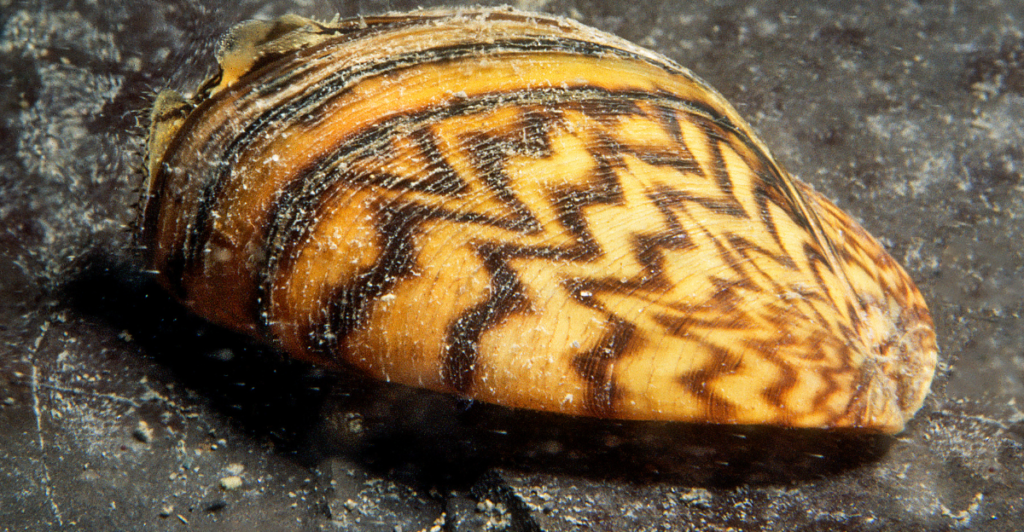
Zebra mussels (Dreissena polymorpha) are native to the Black and Caspian Seas but invaded all five Great Lakes in the late 1980s through transoceanic ship ballast water discharge. The small, striated bivalves colonize surfaces rapidly and, in dense clusters, clog pipes, damage infrastructure, and outcompete native mussel species for food and habitat.
Zebra mussels are infamous for their ability to change ecosystems by artificially cleaning the water through excessive plankton filtration. This can lead to the development of unwanted algae, disrupting food chains and starving native fish populations.
Their razor-sharp shells also physically harm swimmers and infrastructure. Ironically, their impact has spurred research into using them as bioindicators for pollution levels, indicating that they must serve another purpose within the ecosystem.
3. Quagga Mussel
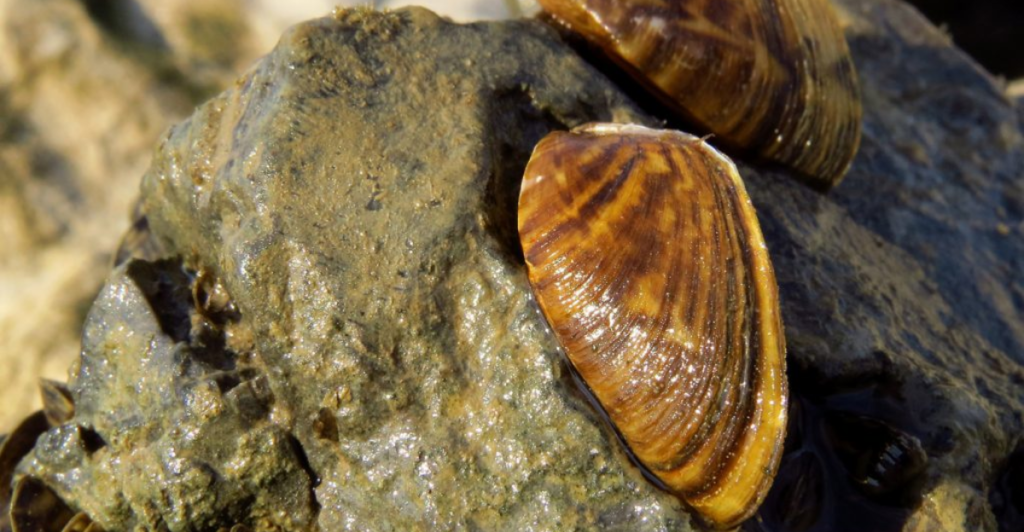
A close cousin of the zebra mussel, the quagga mussel (Dreissena bugensis), was discovered in the Great Lakes not long after zebra mussels. Quagga mussels have greater ecological tolerance, allowing them to colonize deeper and colder habitats than zebra mussels.
They have had a great impact on Lake Michigan, where their numbers have exploded, covering vast areas of the lakebed. These mussels, less visible due to their deeper habitat, also filter huge volumes of water, disrupting food chains and contributing to declines in native species populations.
Their extensive distribution creates ongoing problems for ecosystem management and industrial water users as they clog up water intake pipes. However, despite their growing threat, their role in altering nutrient cycles could help mitigate harmful algal blooms—a controversial hypothesis that some scientists stand by.
4. Alewife
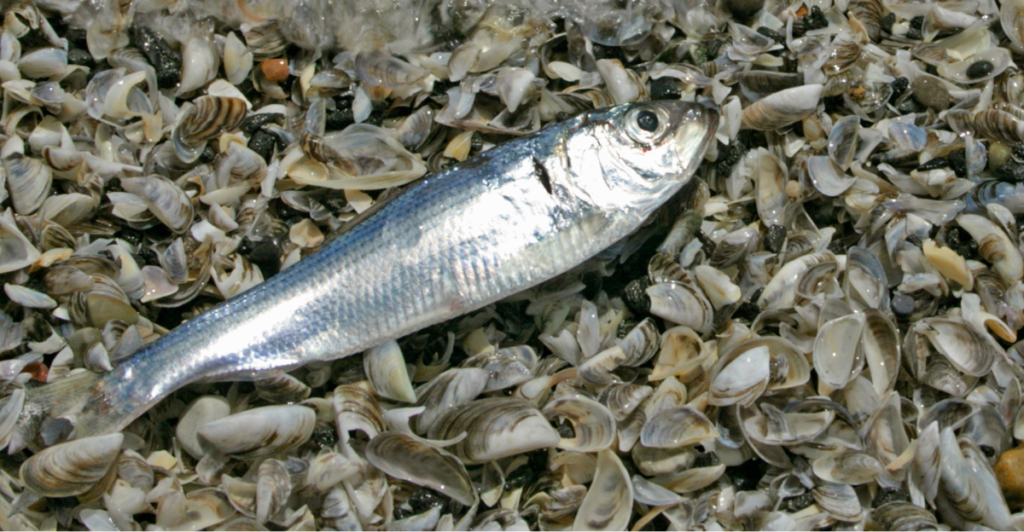
Alewife (Alosa pseudoharengus) is a small, silvery-colored fish native to the Atlantic coast that entered the Great Lakes through canals in the 19th century. Their prevalence led to mass die-offs, littering beaches with rotting fish in the 1960s.
These small fish consume zooplankton, eggs, and larvae of native species. Additionally, their tissues contain thiaminase, an enzyme that lowers thiamine (vitamin B1) in predators, such as lake trout, resulting in reproductive failure and larval mortality. Additionally, they compete with indigenous fish for food and contribute to decreases in native species populations.
To better control alewife populations and instill balance, non-native chinook and coho salmon and other salmonid species were introduced to reduce their numbers, but this added further complexities to the Lakes’ ecosystem dynamics.
5. Round Goby
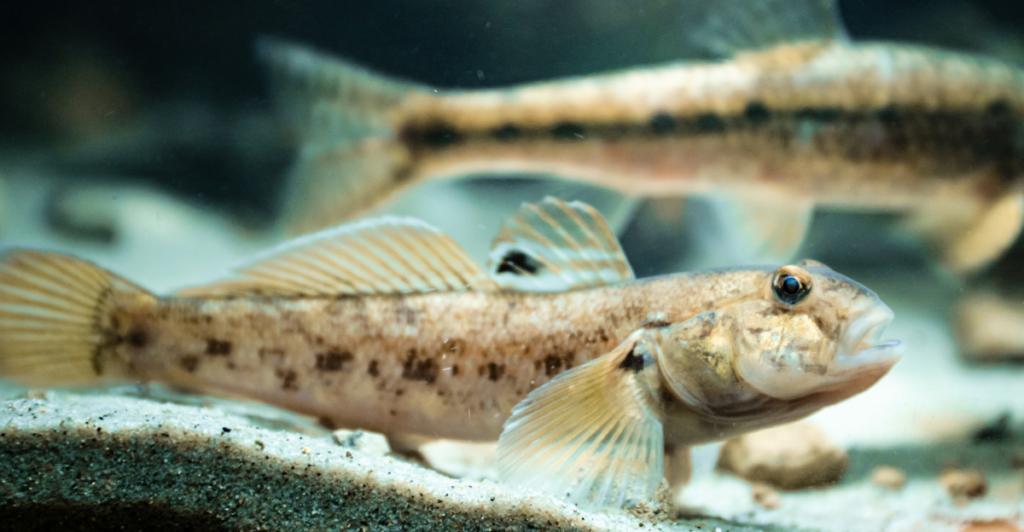
A native of the Caspian and Black Seas, the round goby (Neogobius melanostomus) first appeared in the Great Lakes, having been introduced via ballast water around the early 1990s. The bottom-dwelling species is aggressive, adaptable, and has a faster reproduction rate, which allows it to compete with native species for both food and space.
Round gobies consume the eggs and juveniles of native and endangered fish, such as lake sturgeon, and are responsible for the decline of several indigenous species populations. Their presence has also been linked to avian botulism cases since they are capable of accumulating and transporting the toxin through the food chain.
Interestingly, in an unexpected ecological twist, their presence has inadvertently benefited some predator species, such as smallmouth bass, by providing an abundant food source.
6. Eurasian Ruffe
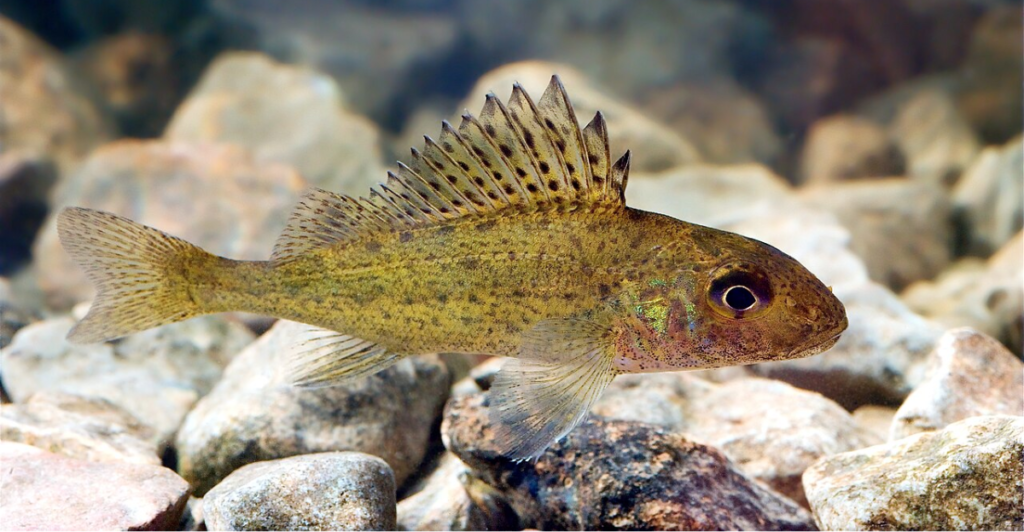
A native of Eurasia, the Eurasian ruffe (Gymnocephalus cernuus) is a small, aggressive fish that was first discovered in the St. Louis River Estuary of Lake Superior in 1986. It has become a prevalent species in certain regions, easily competing with native fish for resources due to its fast reproductive rate and ability to adapt to different habitats.
The expansion of the species’ range poses a severe threat to Great Lakes biodiversity, particularly to species such as native perch and other bottom-dwelling fish. Management efforts have been focused on early detection and containment before the population spreads through controlling ballast water and selective removal procedures.
7. Spiny Waterflea
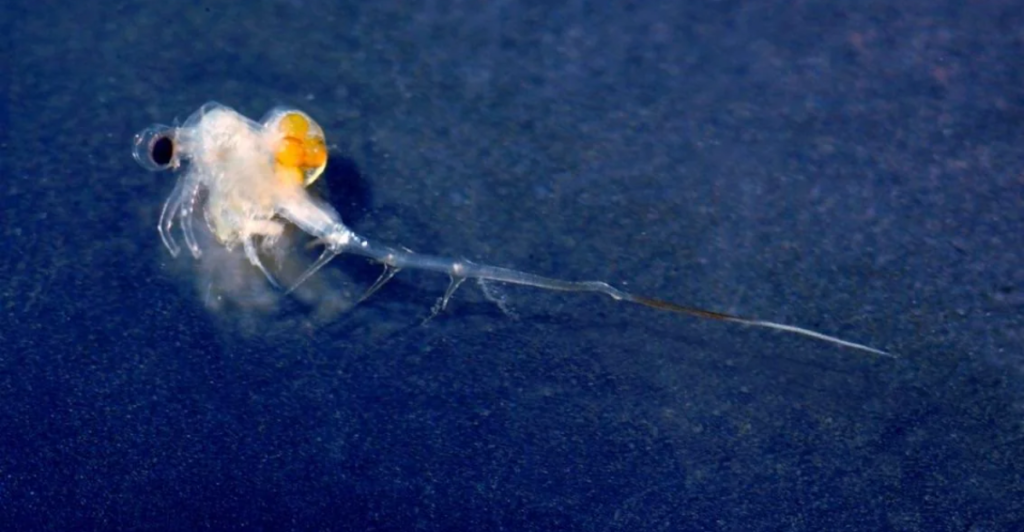
The spiny waterflea (Bythotrephes longimanus), a minute crustacean native to Eurasia, was first discovered in the Great Lakes in 1982. It is believed to have entered ballast water from ocean liners and has since infested all five Great Lakes and numerous inland water bodies.
Spiny waterfleas consume native zooplankton, reducing their levels and disrupting the base of the aquatic food web. Their presence has been linked to declines in zooplankton-feeding native fish species.
Additionally, their spiny tail makes them inedible to the majority of indigenous fish, further impacting the ecosystem. These invasive crustaceans highlight how even microscopic species can cause enormous damage and serve as a reminder of the importance of monitoring ballast water procedures.
8. Asian Carp
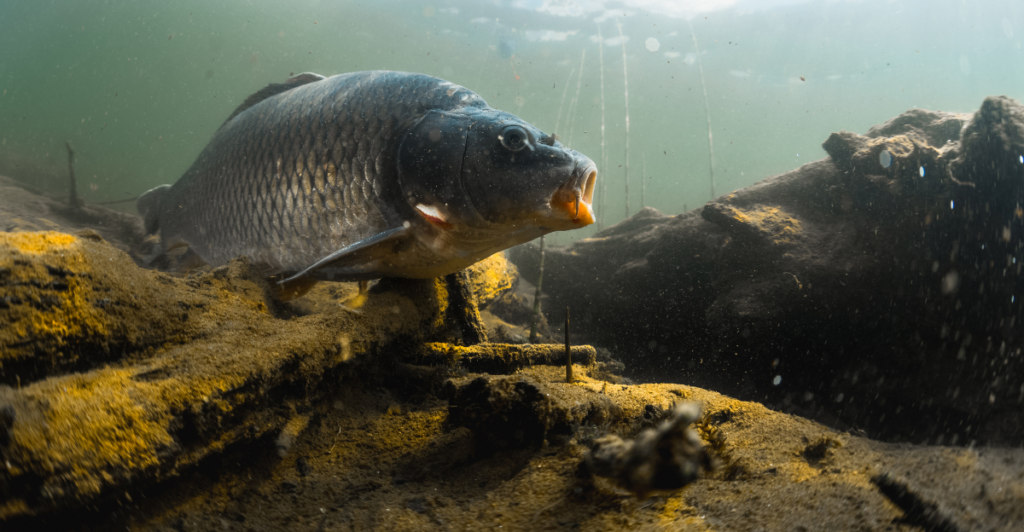
While not yet fully entrenched in the Great Lakes, Asian carp, including bighead, silver, grass, and black carp, represent a great threat to ecosystems. They outcompete indigenous fish species for plankton by consuming up to 120% of their body weight daily, decimating food webs and ecosystems through sheer biomass.
Originally imported for aquaculture pest control during the 1970s, the fish escaped during floods and rapidly spread through the Mississippi River Basin. Now mere miles from Lake Michigan, their DNA has already been detected in nearby waterways.
Prevention measures, like barriers at the Brandon Road Lock and Dam and in Chicago’s waterways, aim to prevent their entry. Proactive measures are important because even a small breeding population would be able to establish itself and disrupt entire ecosystems.
9. Rusty Crayfish
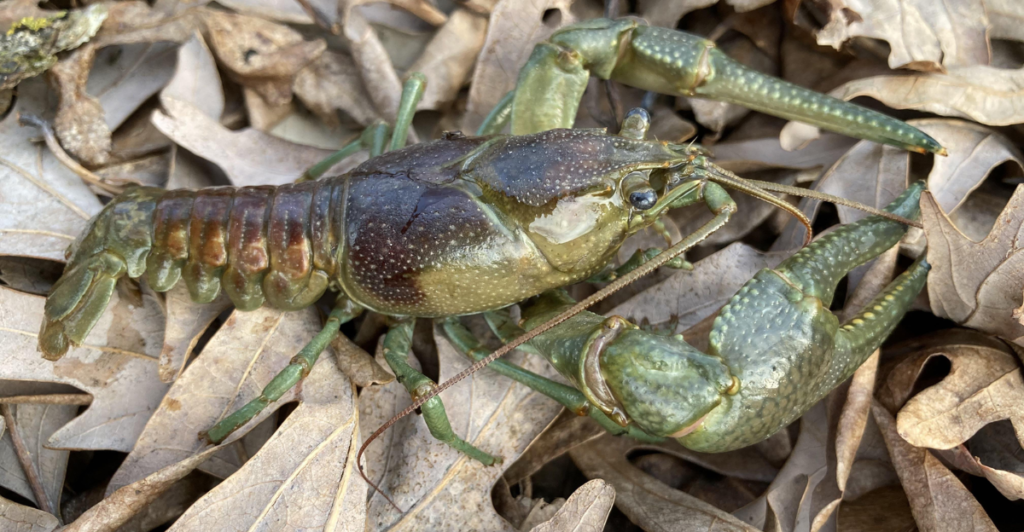
Rusty crayfish (Orconectes rusticus), native to the Ohio River Basin, are among the most invasive and aggressive Great Lakes species. Recreational anglers introduced them as bait, and they spread quickly across several lakes.
As aggressive omnivorous crayfish that devastate aquatic vegetation essential to native fish spawning and shelter, rusty crayfish decimate ecosystems by putting native species in vulnerable positions where they are easily preyed upon. Their feeding habits also lead to habitat loss for fish and invertebrates, erode soil, and disrupt food webs. Most astonishingly, rusty crayfish breed with native crayfish, further contributing to losses in genetic diversity.
Control efforts, including trapping and inducing predators, such as bass, have had localized success. However, prevention is essential since chemical controls are poisonous to indigenous species, and eradication is nearly impossible once populations have established themselves.
10. Phragmites
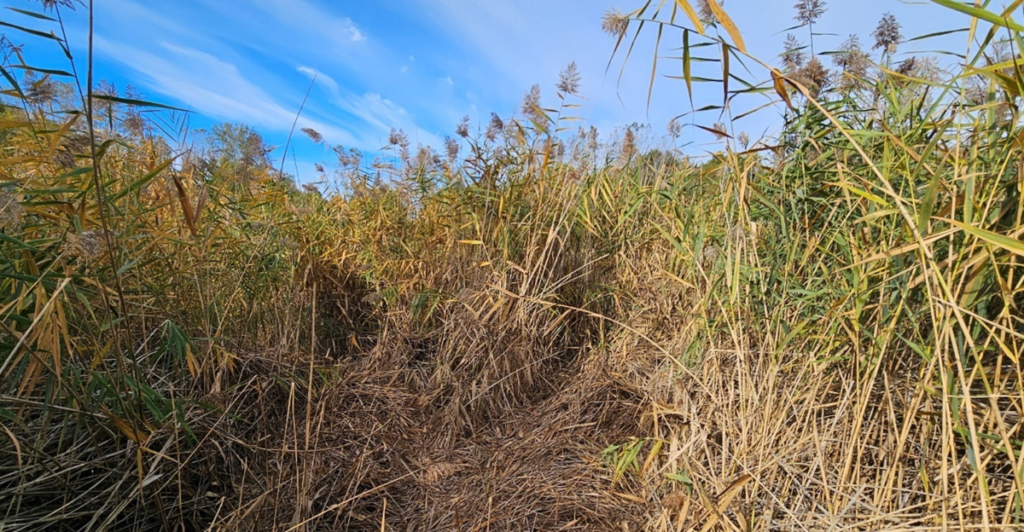
Phragmites australis, or common reed grass, is an invasive plant that has overtaken wetlands across the Great Lakes. Originally from Eurasia, the plant was introduced in the 19th century but only became more invasive in recent decades due to genetic variations that enhanced its growth and adaptability.
Phragmites outcompete native vegetation by forming tight monocultures that block sunlight and reduce biodiversity. Its invasive root system interferes with the movement, distribution, and management of water by trapping sediment and lowering water tables, destroying fish spawning beds and amphibian breeding sites.
Amazingly, researchers are looking for new uses for this species, such as harvesting its biomass as a biofuel or erosion control agent. These remedies offer a new way of controlling its ecological footprint while benefiting from its productive growth.
Explore more of our trending stories and hit Follow to keep them coming to your feed!

Don’t miss out on more stories like this! Hit the Follow button at the top of this article to stay updated with the latest news. Share your thoughts in the comments—we’d love to hear from you!







